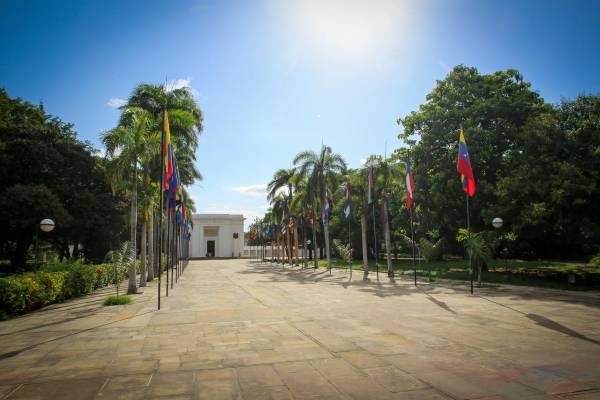EU and Latin America upcoming bi-regional Summit
By Guy José Bendaña-Guerrero & Asociados

As the European Union and the Community of Latin American and Caribbean States (CELAC) gear up for the Bi-Regional Summit in Santa Marta, Colombia fron November 9 to 10, 2025, Central America plays a pivotal role in shaping what promises to be an agenda anchored in sustainability, digital innovation, and deeper political cooperation. The region has increasingly been in focus due to its strategic geographic, environmental, and economic importance for both the EU and Latin America more broadly.
One of the key developments for Central America is the Association Agreement between the EU and Central America, formally ratified in recent months. This agreement builds on pillars of political dialogue, trade, and cooperation. It strengthens long-term ties by opening up trade, reducing tariffs, and improving access for Central American countries to European markets. It also includes mechanisms for dealing with non-tariff barriers, which have often hampered trade flows.
Under the EU-LAC (Latin America & Caribbean) partnership, Central America stands to benefit from the Global Gateway Investment Agenda, a flagship EU initiative aimed at mobilizing some €45 billion in investment to support high-priority areas. For Central America specifically, these investments are expected in sectors such as: digital connectivity (including future expansion of infrastructure like the BELLA submarine cable and its terrestrial extensions), renewable energy, sustainable transport, health, education, and climate resilience.
Another important dimension is trade: in 2024, trade flows between the EU and Central America reached roughly €19.26 billion, with the EU running a surplus of around €1.34 billion. This trade relationship is expected to deepen under the Association Agreement, which will provide more predictability for businesses, facilitate investment, and encourage standards that align with environmental sustainability, labor rights, and good governance.
On the digital front, Central American countries are positioned to gain a lot from the EU-LAC Digital Alliance and related initiatives. The extension of BELLA’s terrestrial backbone to Central American states like Costa Rica, Guatemala, El Salvador, and Honduras will allow more people better access to connectivity, furthering digital inclusion and innovation. The region also stands to benefit from innovation partnerships under the EU-LAC Digital Accelerator, which link European and Latin American startups, corporations, and public entities to collaborate on technology, climate, disaster management, and research.
Lastly, social inclusion, human development, and democracy are also central to what Central America could gain. The EU is promoting programmes to strengthen governance, rule of law, democratic institutions, and human rights, alongside projects in education, health, and social inclusion. An example is El Salvador, where EU partnerships are targeting digital transformation, climate action, and governance improvements.
